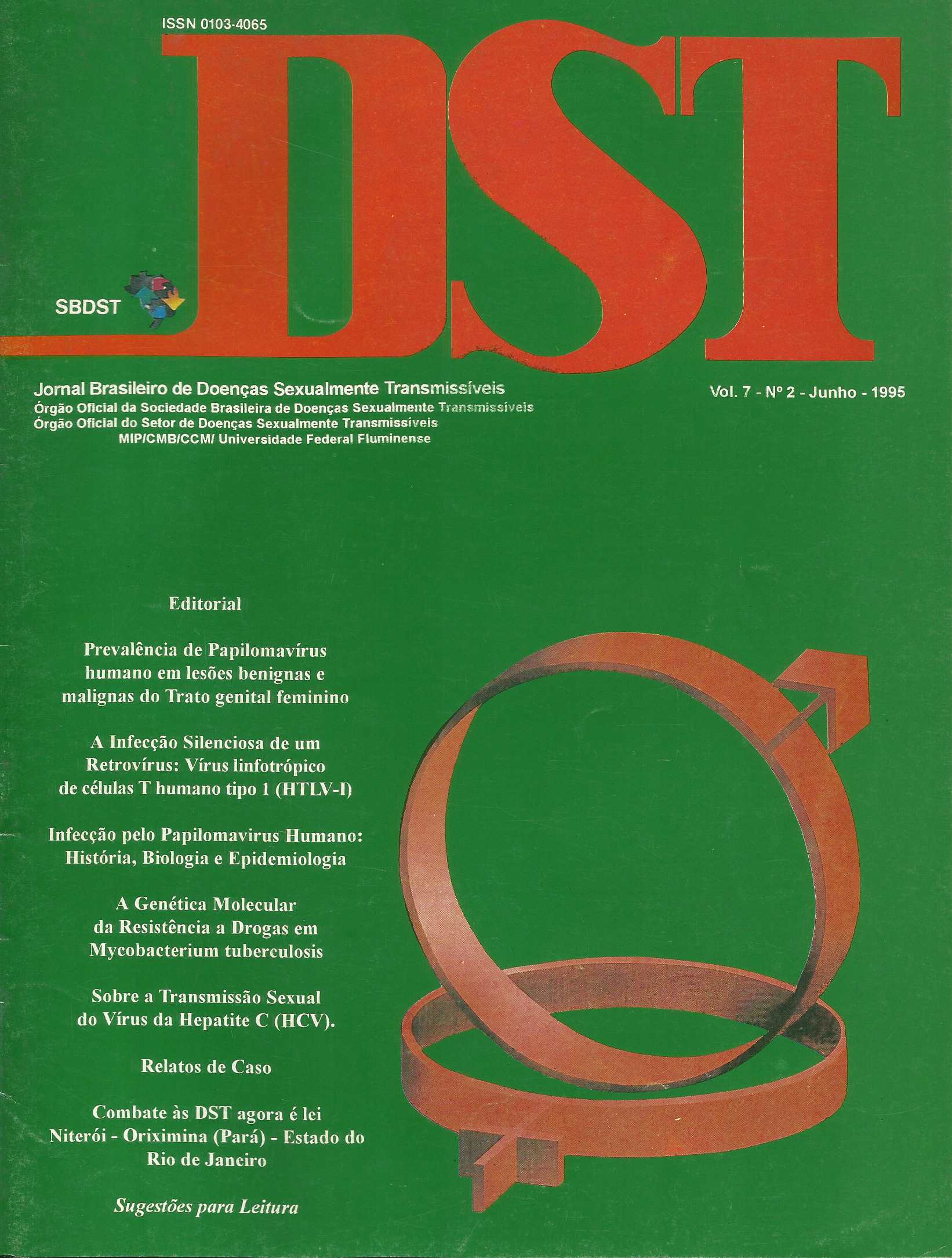A genética molecular da resistência a drogas em Mycobacterium Tuberculosis
Keywords:
antibiotic therapy, AIDS, HIV, Mycobacterium tuberculosis, TuberculosiSAbstract
Tuberculosis (TB), one ofthe most hannful infectious diseases, has resurged during the past decade in many industrialized countries and strains of Mycobacterium tuberculosis (its etiological agent) that are resistant to one or more of the main antituberculous drugs are emerging. The recent resurgence ofTB together with outbreakes of multidrng-resistant tuberculosis has focused attention on understanding the mechanisms of such drug resistance. Because of the relative neglet of TB research in the past and late arrival of mycobacterial genetic toais, the molecular mechamisrns of drug resistance in TB remained largely unknown until very recently. ln this paper, we review recent progress on the mechanism ofresistance to three major anti-TB drugs: isoniazid, rifampicin, and streptomycin. While the resistance mechanisms for rifampicin and streptomycin are similar to those found in other bacteria, isoniazid susceptibility and resistance are uni que to M. tuberculosis. So far, mutations in two chromosomal loci, katG and inhA have been found to be involved in isoniazid resistance in TB. Identification and characterization of mutations responsible for resistance open up new possibilities for rapid detection of drug-resistant strains. Molecular understangind of drug resistance and drug action in !vi. tuberculosis may eventually lead to rational design of new anti-TB drugs. This is how Ying Zhang andDouglas Young summarize their report: Molecular genetics of drug resistance in Mycobacterium tuerculosis (J. Antimicrob. Chemother.,34: 313-319, 1994).












